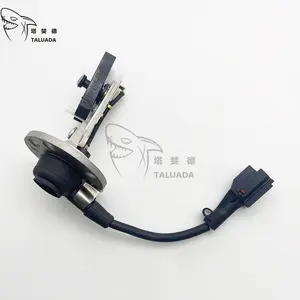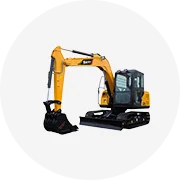

OEM 1471707 nhiệm vụ nặng nề Châu Âu Phụ tùng xe tải động cơ cảm biến áp suất dầu cảm biến áp suất


Cảm biến vị trí trục cam 0232101024 232101024 058905161b 058905161c 058906161b cho ghế Volkswagen Audi












Alibaba.com là nền tảng số một để tìm các sản phẩm tốt nhất cho nhu cầu của bạn. Nó bao gồm tất cả yêu thích của bạn. cảm biến mức dầu cho hitachi. mà bạn cần trong cuộc sống của bạn. Bạn sẽ tìm thấy tốt nhất và lâu dài. cảm biến mức dầu cho hitachi trên nền tảng này. Nếu bạn là một nhà xây dựng, bạn chắc chắn cần phải xem những sản phẩm tuyệt vời trên nền tảng này. Tất cả những thứ này. cảm biến mức dầu cho hitachi. thân thiện với người dùng. Vì vậy, bạn không cần phải lo lắng nhiều về cách sử dụng của nó. Bạn cũng có thể tìm thấy một loạt các sản phẩm danh mục khác nhau trên nền tảng này. Tất cả các loại sản phẩm đều có sẵn trên nền tảng này với mức chiết khấu siêu khủng mà bạn chưa bao giờ tưởng tượng được.
Tại Alibaba.com, bạn không chỉ tìm thấy những mặt hàng tốt. cảm biến mức dầu cho hitachi nhưng đồng thời, bạn sẽ thấy rằng những điều này. cảm biến mức dầu cho hitachi chứa chất lượng tốt nhất kéo dài hơn. Tất cả những điều hấp dẫn. cảm biến mức dầu cho hitachi có các kích thước, khối lượng và độ dài khác nhau. Các sản phẩm này được sản xuất bằng vật liệu dễ phân hủy.
Các nhà sản xuất của những điều đáng kinh ngạc. cảm biến mức dầu cho hitachi có nhiều kinh nghiệm trong việc sản xuất những chất lượng tốt nhất này. cảm biến mức dầu cho hitachi. Phần tốt nhất về nền tảng này là các nhà cung cấp trong nền tảng này cung cấp cho bạn một tùy chọn tùy chỉnh. Bạn có thể tùy chỉnh nó phù hợp với nhu cầu của bạn. Những .. cảm biến mức dầu cho hitachi này được sản xuất theo cách mà mọi người dân đều có thể sử dụng nó mà không gặp bất kỳ vấn đề gì.
Tại Alibaba.com, bạn có thể tìm thấy tất cả các phạm vi. cảm biến mức dầu cho hitachi. phù hợp nhất cho bạn. Bạn sẽ không thể tìm thấy những loại ưu đãi và chiết khấu thú vị này trên bất kỳ nền tảng nào khác.